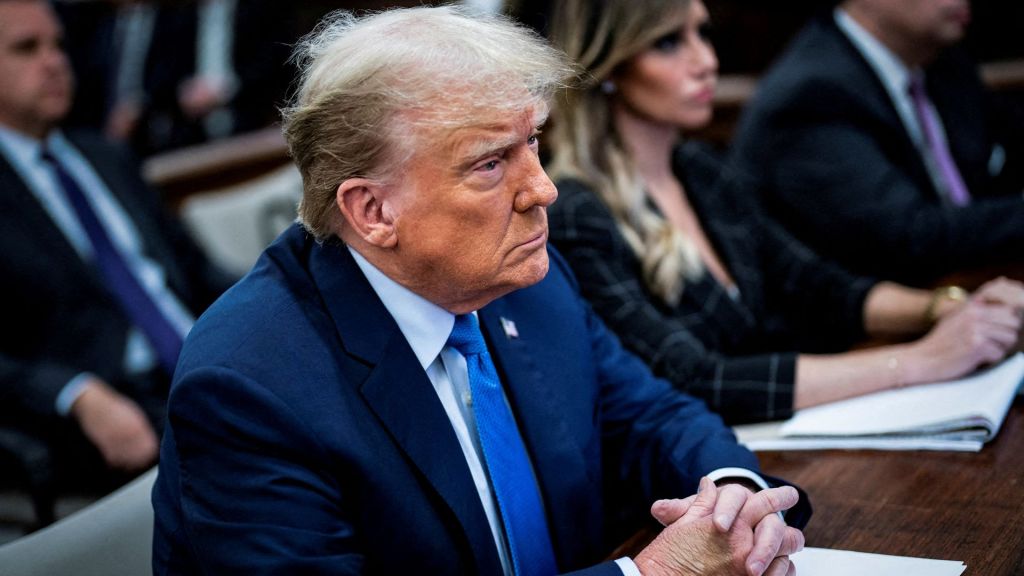Joshua Johnson: “AND THAT MEANS THE MOTION FOR CLOTURE IN THIS BILL IS ADOPTED”
STEVE DOOCY: “SO TOMORROW, THERE WILL BE A CLOTURE VOTE”
Annie Andersen: WE HEAR IT TIME AND TIME AGAIN –
AND THIS WEEK, ONCE AGAIN, IT’S THE BUZZWORD IN THE BELTWAY.
WHAT EXACTLY IS CLOTURE?
IT’S TODAY’S – DC DICTIONARY
IN A NUTSHELL… CLOTURE IS ONE OF THE FIRST WAYS TO SEE IF A BILL IS GOING TO LIVE OR DIE.
Sen. Chuck Schumer “MEMBERS SHOULD BE PREPARED TO VOTE AGAIN ON CLOTURE ON THE MOTION TO PROCEED TO THE BIPARTISAN INFRASTRUCTURE BILL AS EARLY AS TONIGHT.”
Annie Andersen: YOU MAY ALSO HEAR IT BY OTHER NAMES…
A TEST VOTE… OR A PROCEDURAL VOTE.
CLOTURE IS BASICALLY A WAY TO STOP DEBATE ON AN ISSUE, SO SENATORS CAN VOTE ON THE BILL OR MOTION. –THAT INCLUDES STOPPING A FILIBUSTER.
THE SENATE IS MORE DEEPLY DIVIDED, IDEOLOGICALLY, THAN PERHAPS AT ANY TIME IN MODERN HISTORY.
GOVTRACK, WHICH FOLLOWS MEMBERS’ POSITIONS ON VARIOUS ISSUES, SHOWS THERE IS VERY LITTLE OVERLAP BETWEEN REPUBLICANS AND DEMOCRATS. –NO MIDDLE GROUND.
NORMALLY, WHEN AN ISSUE IS DEBATED ON THE SENATE FLOOR, IT’S TO NEGOTIATE A COMPROMISE OR SWAY ANOTHER SENATOR’S VOTE.
BUT WITH VERY LITTLE MIDDLE GROUND NOW-ADAYS, THERE’S LESS NEED FOR DEBATE.
WHICH LEADS TO THE REASON WHY YOU’D INVOKE CLOTURE.
IF YOU HAVE THE MAJORITY OF VOTES, YOU DON’T NEED TO CONVINCE ANYONE ELSE IN ORDER TO GET THE BILL PASSED. SO YOU STOP DEBATE AND CALL THE VOTE SOONER.
IT TAKES GENERALLY 60 SENATORS TO INVOKE CLOTURE, BUT SOMETIMES IT CAN PASS WITH A SIMPLE MAJORITY.
ONCE CLOTURE’S INVOKED, THE CLOCK STARTS TICKING.
THE SENATE ONLY HAS 30 HOURS LEFT TO DEBATE, NEGOTIATE AND VOTE.
Sen. Chuck Schumer <<”“SENATOR MANCHIN HAS INFORMED ME THAT HE WILL VOTE YES ON THE MOTION TO PROCEED TO DEBATE THE LEGISLATION. I HAVE COMMITTED TO HIM THAT IF OUR REPUBLICAN COLLEAGUES DON’T OBSTRUCT AND ALLOW US TO MOVE FORWARD ON THE DEBATE WILL TAKE UP HIS PROPOSED SUBSTITUTE AMENDMENT AS THE FIRST AMENDMENT WE WILL CONSIDER.”>>
Annie Andersen: DURING CLOTURE, SENATORS CAN ONLY ADD AMENDMENTS THAT ARE RELEVANT TO THE BILL. NO ADDING IN PET PROJECTS AS A BARGAINING TOOL.
THE 30-HOUR WINDOW IS WHY SOMETIMES WE SEE SENATORS COMING IN ON WEEKENDS.
ONCE CLOTURE IS INVOKED THERE’S A GOOD CHANCE THE FINAL BILL WILL PASS.
IF IT FAILS.. THE MAJORITY LEADER IS ABLE TO GO BACK… CHANGE UP THE BILL AND TRY AGAIN.
Sen. Mitch McConnell<<”I ENTER A MOTION TO RECONSIDER THE VOTE.”>>
Annie Andersen: THAT’S THE DC DICTIONARY DEFINITION OF CLOTURE.
DID WE EXPLAIN IT WELL?
LET ME KNOW IN THE COMMENTS BELOW.





